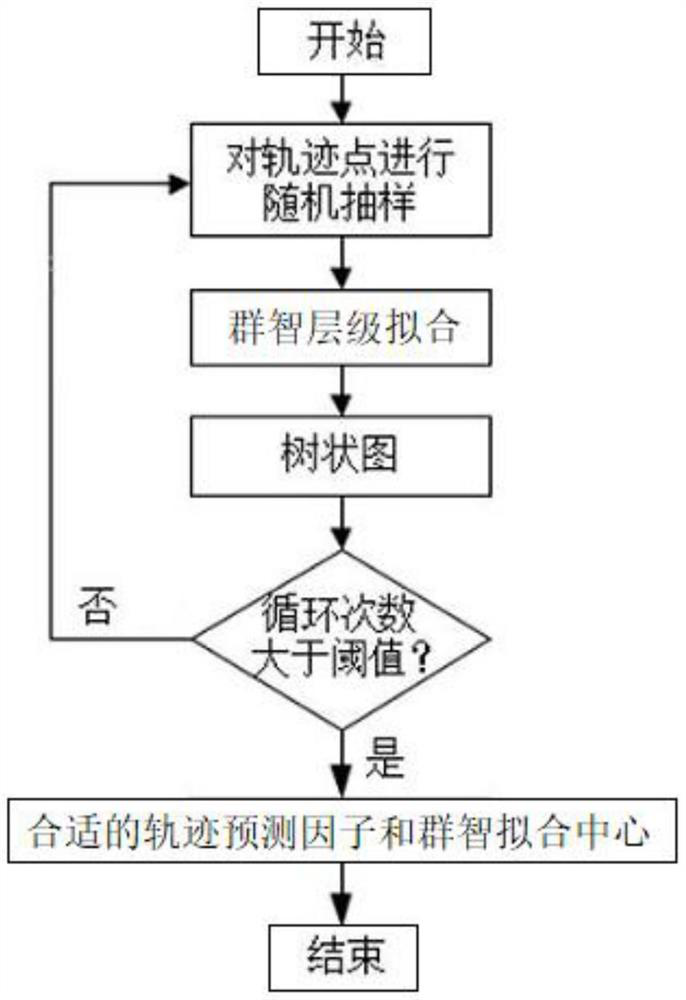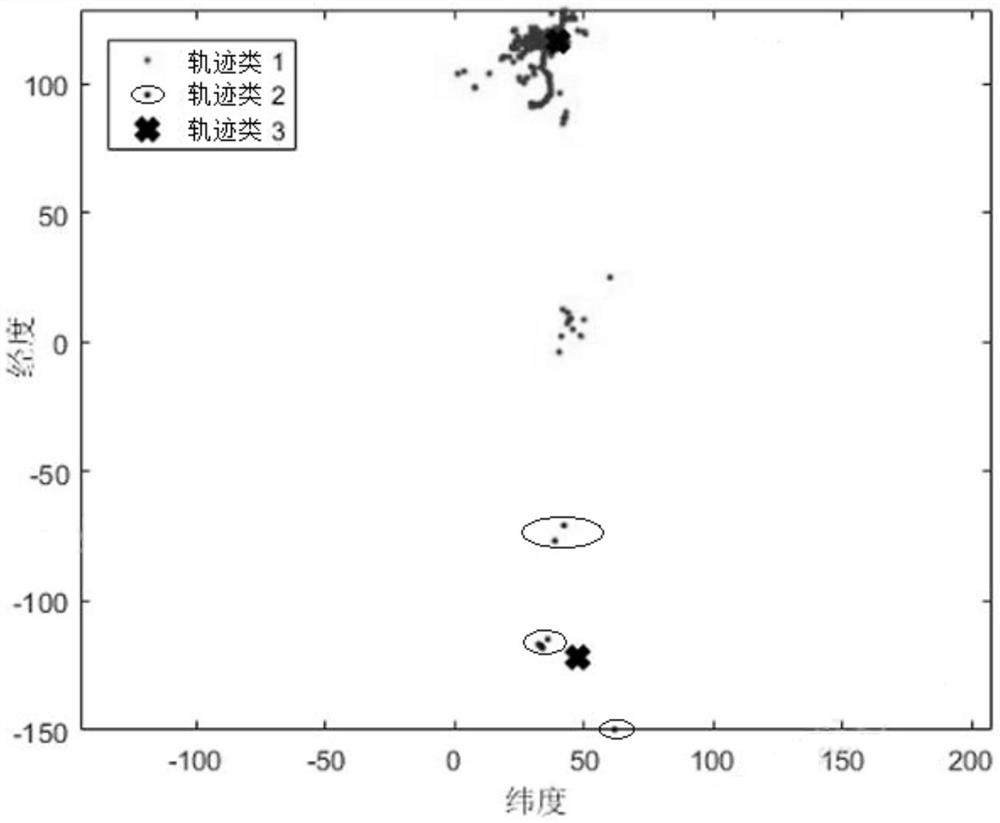[0003] However, there is still a certain distance from the theoretical development of
wireless sensor networks to wide-
ranging urban
sensing applications, including the networking costs and costs of sensor networks that limit their application in large-scale cities. In addition, the types of sensors deployed in sensor networks Has strong application dependencies, so it lacks flexibility and
reusability for different types of applications
From the perspective of the current development trend of
mobile sensing technology, the limitations of wireless sensor networks are mainly reflected in the following aspects: First, the scope of application is not large, and the number of sensor network nodes is generally small at this stage, which affects the number of nodes that can be monitored. range, making it unsuitable for large-scale monitoring
Second, the cost is high. In a large-scale
wireless sensor network (such as forest and other
ecological environment monitoring, urban traffic monitoring, etc.), the cost of
sensor node access and network access is relatively high; In long-term use, due to factors such as
bad weather or insufficient power, node failures lead to cumbersome maintenance and high maintenance costs
The third is the limitations of the applicable objects. In some aspects of wireless sensor networks (monitoring of marine environment, forests, rivers, etc.), the direct acquisition objects of
sensing data are countries, government agencies, etc., and they analyze them to release news, but For the general public, these perceptions are not centered on them, and they cannot get the information they are interested in directly from these
perception data in a timely manner
[0008] (1) First, the validity of the data is not high. Since the distributed
sensing data is perceived and uploaded actively by humans, the uploaded data has certain subjective components. If the data is not true or itself is wrong, then the final The
processing results will have a great
impact, and the existing technology cannot ensure the validity of the data uploaded by users; second, the distributed sensing nodes present irregular dynamic characteristics, mobile users and sensing nodes are not fixed, and the node scale is huge, and Sensing nodes are affected by many factors, such as the user's
travel mode, the
population density of the user's location, and the distribution of time and space, which make the dynamic distribution of nodes irregular.
The existing technology lacks the grasp of the space-
time distribution characteristics of nodes, and the quality of data collection and
processing is not high; the third is that it is more difficult to process
sensing data, which is different from traditional
mobile sensing technologies such as wireless sensor networks, and the dynamics of sensing data are stronger , the
perception scale of its data is large, and it is constantly updated in real time. It is very difficult for the existing technology to process the
perception data, and it is impossible to apply it to the expansion model such as the space-time prediction of the crowd movement trajectory.
[0009] (2) Crowd movement trajectory data in distributed sensing contains user
movement pattern information, but the existing technology cannot effectively analyze movement trajectory data, and it is very difficult for the
perception system to obtain distributed space-time related information, which cannot effectively serve perception activities. It is unable to provide efficient perception applications. The existing distributed sensing technology lacks the model of crowd movement trajectory data as the object, lacks the
use of time-space division methods of different granularities to mine data sets at different scales, and does not have a suitable trajectory
fitting algorithm. Constructing the
spatial distribution of crowd movement trajectories under time division and the
time distribution model under space division cannot extract the periodic law of crowd space-time distribution in distributed sensing, cannot expand the space-
time structure of crowd movement trajectories, and cannot provide users with effective Information recommendation,
preference analysis, and behavior prediction cannot be used for spatiotemporal prediction of crowd movement trajectories
[0010] (3) There is no method for extracting
latitude and
longitude and time in the movement trajectory of the crowd in the prior art, and there is also a lack of data preprocessing methods. There are errors in the
positioning system of smart devices such as mobile phones carried by distributed sensing users, including
clock errors, multipath effects, etc.; There are also
mobile device failures, and the randomness of actively uploading data is large, and some data is incomplete, resulting in the
partial loss of some moving track points in time and space; If the
noise is not dealt with, the results will be biased or the analysis of space-time prediction will lead to completely opposite conclusions; moreover, the trajectory data lacks the
granularity of time and space, and the
spatial distribution under the
granularity of time The time distribution under the division of spatial
granularity and the spatial-temporal prediction of crowd movement trajectories lack accuracy and intuition
[0011] (4) The existing technology has shortcomings such as
trajectory analysis is sensitive to the initially set trajectory predictor and center point, and is easy to obtain a local optimal solution. It is impossible to use the hierarchical fitting method to select a suitable initial fitting center and trajectory predictor. Lack of visual analysis; the existing technology is sensitive to the initial center and prone to
local convergence, and lacks the use of bidirectional fitting to predict optimization; in the design of space-time distribution division, the design of time granularity and space granularity is unreasonable, and the
spatial distribution under time granularity division cannot be analyzed The time distribution under the division of time and space granularity lacks the periodic pattern contained in the construction of moving trajectories, and it is impossible to analyze and predict the spatial hotspots of moving trajectories under the division of time granularity and the time hot spots under the division of spatial granularity, that is, it is impossible to use the distribution Spatio-temporal prediction of crowd movement trajectories based on sensory perception
 Login to View More
Login to View More  Login to View More
Login to View More 


